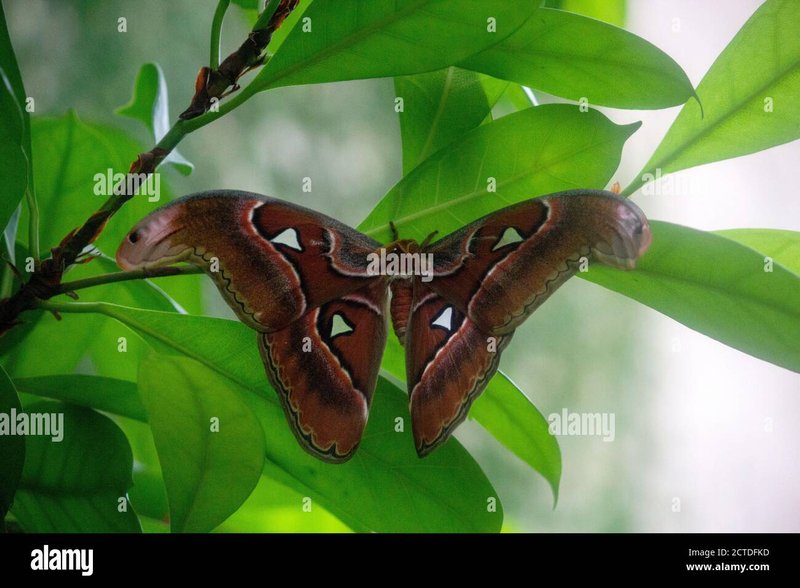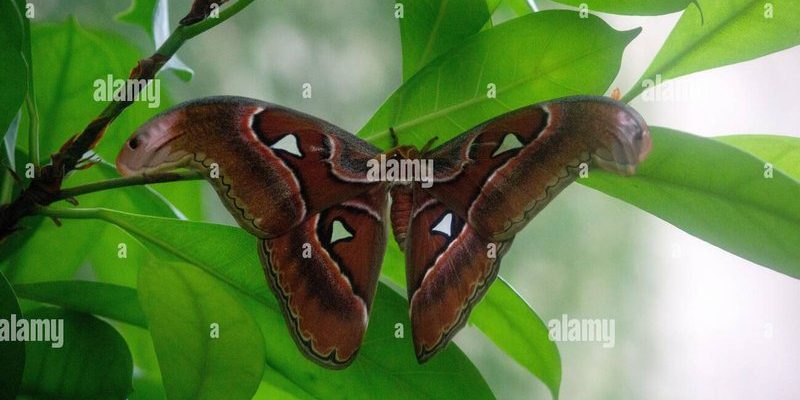
Imagine you’re at a farmers’ market. Each stall has different fruits, and even though they all belong to the broader category of “fruit,” they have unique flavors, colors, and uses. Similarly, Bombyx mori and other silkworm species each contribute to the silk production landscape in different ways. In this article, we’ll dive into what makes Bombyx mori special and how it contrasts with other species. Grab a cup of coffee, and let’s explore!
Understanding Bombyx Mori
Bombyx mori, also known as the domestic silkworm, is primarily raised for silk production. This little creature undergoes a fascinating life cycle, starting as an egg and blossoming into a pupa wrapped in its silk cocoon—this is the stage we often think of when we picture silkworms. Interestingly, Bombyx mori has been domesticated for thousands of years, which means it’s become somewhat of a pet, relying on humans for care and feeding.
These silkworms prefer a diet of mulberry leaves, and they’re quite delicate. You might even find it surprising that they can’t survive in the wild. Their domestication has made them less resilient than some of their wild relatives. This makes Bombyx mori a great example of how a species can evolve when it’s nurtured by humans over generations.
How does this affect the silk they produce? Well, Bombyx mori generates long, unbroken silk fibers that are a dream for textile makers. This silk is prized for its sheen and strength, making it a luxury fabric. However, this focus on silk quality has led to less genetic diversity, which can be a concern for sustainability.
The Wild Relatives: Other Silkworm Species
In stark contrast to Bombyx mori, there are numerous other silkworm species that thrive in the wild. For example, Antheraea mylitta and Antheraea pernyi are two notable species that are also used for silk production but in very different ways. These wild silkworms often feed on a variety of leaves, depending on their habitats, allowing them to adapt better to environmental changes.
Unlike Bombyx mori, these wild species tend to produce silk that is shorter and coarser. Think of it like comparing a fine cashmere sweater to a more rugged wool garment. While both can keep you warm, the textures and uses can vary significantly. This means that while the silk produced by wild silkworms might not be as luxurious, it has its own unique qualities that can be desirable for different types of textiles.
Moreover, some wild species are known for their vibrant cocoon colors, which can create unique fabric patterns—another layer of diversity in the silk world. This makes silk from wild species an exciting choice for eco-friendly fashion!
Life Cycle Differences
The life cycles of Bombyx mori and other silkworm species also showcase interesting differences. Bombyx mori typically undergoes a controlled life cycle, thanks to its domestication. It hatches from an egg, goes through several larval stages (or instars), and spins a silky cocoon before becoming a pupa. This process usually takes about six weeks, depending on environmental conditions.
On the flip side, wild silkworms might experience a more unpredictable life cycle. Factors like climate, food availability, and predators can impact their growth. For instance, the larvae of Antheraea species take longer to mature and may survive in various environmental conditions. This variability can affect the quality and quantity of silk they produce, making production more sporadic.
Here’s the thing: this unpredictability might seem disadvantageous, but it also allows for greater genetic diversity among wild species. This can be crucial for adapting to diseases or environmental changes, something that’s essential for biodiversity.
Silk Quality and Use
When you think of silk, quality is often at the forefront. Bombyx mori silk is what you’d call “cultivated silk,” known for its fine texture and glossy appearance. This silk is smoother and softer than what you’d typically find from wild species. It’s the stuff of luxury garments and fancy bed linens.
In contrast, silk from wild species tends to be thicker and more durable, making it well-suited for items that require sturdiness, like upholstery. Wild silks often have a more rustic feel, which can appeal to those looking for unique textures in their fabric choices.
The differences in silk quality also influence the cost. Bombyx mori silk can command a higher price due to its desirability in the fashion industry, whereas wild silks may be more affordable but offer unique characteristics for those interested in eco-fashion or sustainable textiles.
Environmental Impact and Sustainability
As we navigate the complexities of silk production, environmental sustainability is a hot topic. Bombyx mori, being a domesticated species, requires a lot of resources—particularly for its food, mulberry leaves. This can lead to high land and water usage, raising questions about its environmental impact.
On the other hand, many wild silkworm species naturally thrive on a variety of trees without the need for intense agricultural practices. Cultivating wild silk can often lead to less environmental strain, promoting biodiversity and supporting local ecosystems.
That said, it’s essential to approach wild silk production responsibly. Overharvesting and habitat destruction can threaten these species. As awareness grows, more consumers are seeking ethically sourced silk, pushing both cultivated and wild silk producers to prioritize sustainability.
The Future of Silk Production
So, what does the future hold for silkworms, particularly Bombyx mori and its wild cousins? As we become more environmentally conscious, there’s a growing interest in sustainable practices in the textile industry. This shift is encouraging innovations that could benefit both cultivated and wild silkworms.
Technological advancements, like genetic research, may help enhance silk production methods while maintaining sustainability. For instance, scientists are exploring breeding programs that could improve Bombyx mori’s resilience, ensuring the species continues to thrive despite environmental challenges.
Wild silkworm production might also see a boost as consumers seek natural, eco-friendly options. With more brands focusing on sustainability, the unique properties of wild silk could find a broader market, allowing these species to flourish alongside Bombyx mori.
The world of silkworms is fascinating, filled with a range of species that each contribute their own unique flair to the silk industry. Bombyx mori shines as the leading star when it comes to producing high-quality silk, while its wild relatives add diversity and sustainability to the mix. Understanding these differences not only enhances our appreciation of silk but also encourages us to make informed choices about what we wear and how our clothing is made.
Whether you opt for the luxurious allure of Bombyx mori or the rustic charm of wild silk, you can feel good knowing you’re part of a rich tapestry of textile history and future sustainability. So, next time you slip into that silky dress or wrap yourself in a cozy silk scarf, think about the incredible journey that brought that fabric to life!

